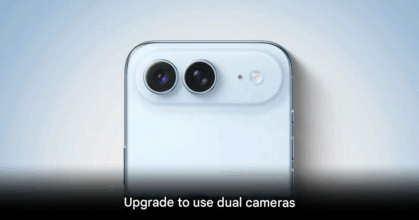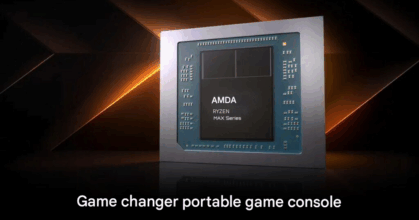Huawei Mate 70 Air Takes Aim at iPhone Air with Half Price

Huawei officially enters the ultrathin flagship battle with the launch of the Huawei Mate 70 Air in China. Positioned directly against Apple’s upcoming iPhone Air, Huawei highlights one aggressive advantage: price. The Mate 70 Air starts at 4,199 yuan, roughly 590 USD, which is nearly half the price of the iPhone Air at 999 USD. The device features a slim 6.6 millimeter design, balancing thinness with higher performance hardware.
The use of the model name “Air” sends a clear message that Huawei is challenging Apple without hesitation. The smartphone market in China is becoming increasingly intense, with brands like Xiaomi also stepping into Apple’s premium territory. Even though the new iPhone continues to perform strongly in China, competitors are leaning on aggressive pricing and performance driven hardware to break Apple’s lead.

The Mate 70 Air features a 7 inch AMOLED display, dual stereo speakers, and a 6,500mAh battery, an impressive capacity considering the device’s slim profile. Powered by the Kirin 9020A or 9020B processor, the phone runs HarmonyOS and promises smooth performance. Huawei aims the device at users who want a minimalist, ultra thin design similar to the iPhone Air without premium pricing. The model also offers up to 16GB RAM and 512GB storage with the highest configuration priced at 5,199 yuan, about 730 USD, which remains significantly cheaper than Apple’s offering.
Although sales are currently limited to the Chinese market, pre orders have already opened and shipments begin on November 11. The launch highlights Huawei’s strategy to use its strength in its domestic market to counter Apple, especially during a year marked by increasing competition and tense trade dynamics. If consumer feedback is positive, the Mate 70 Air could become Huawei’s stepping stone into pushing the Air branding to global markets.
With pricing pressure, bold design direction, and a clear goal to attract premium buyers, Huawei intends to grab market share before the end of 2025, setting up a new round of competition in the premium smartphone space.
ORIGIN: Bloomberg






